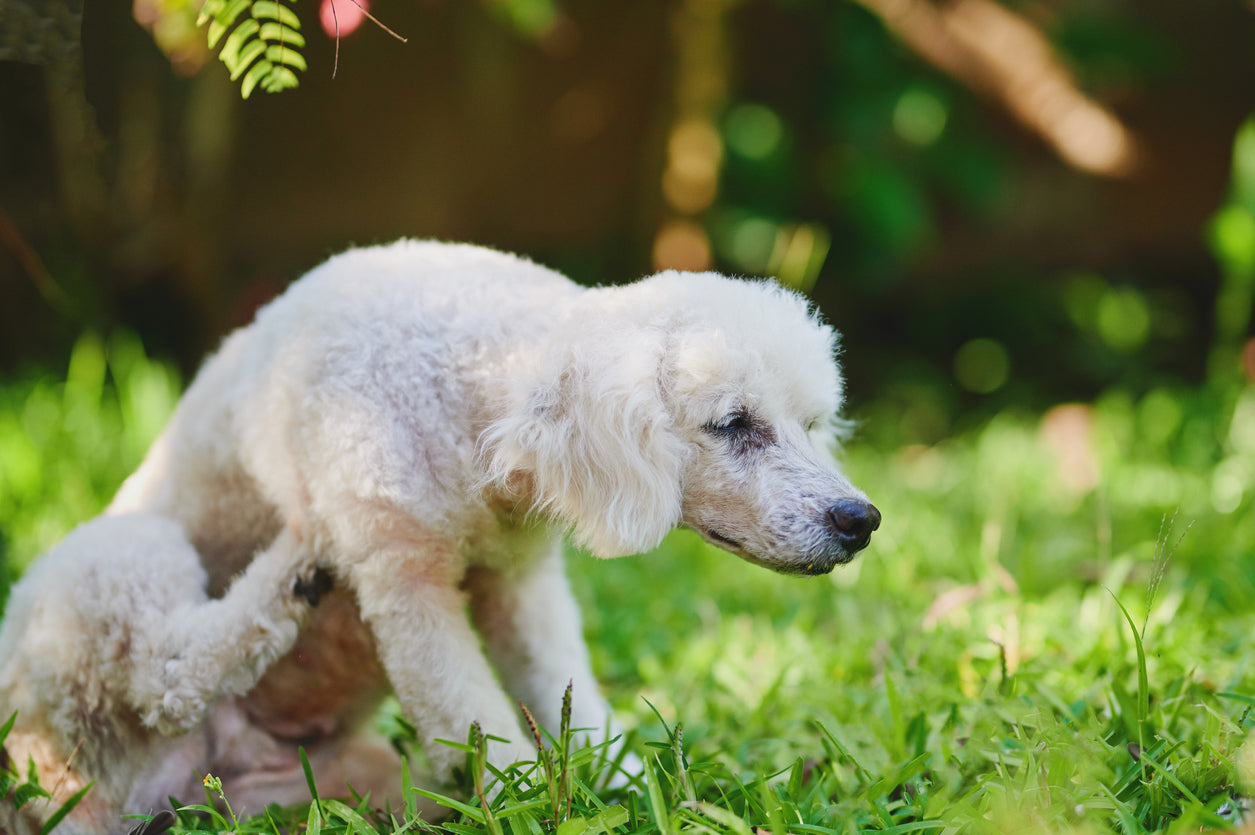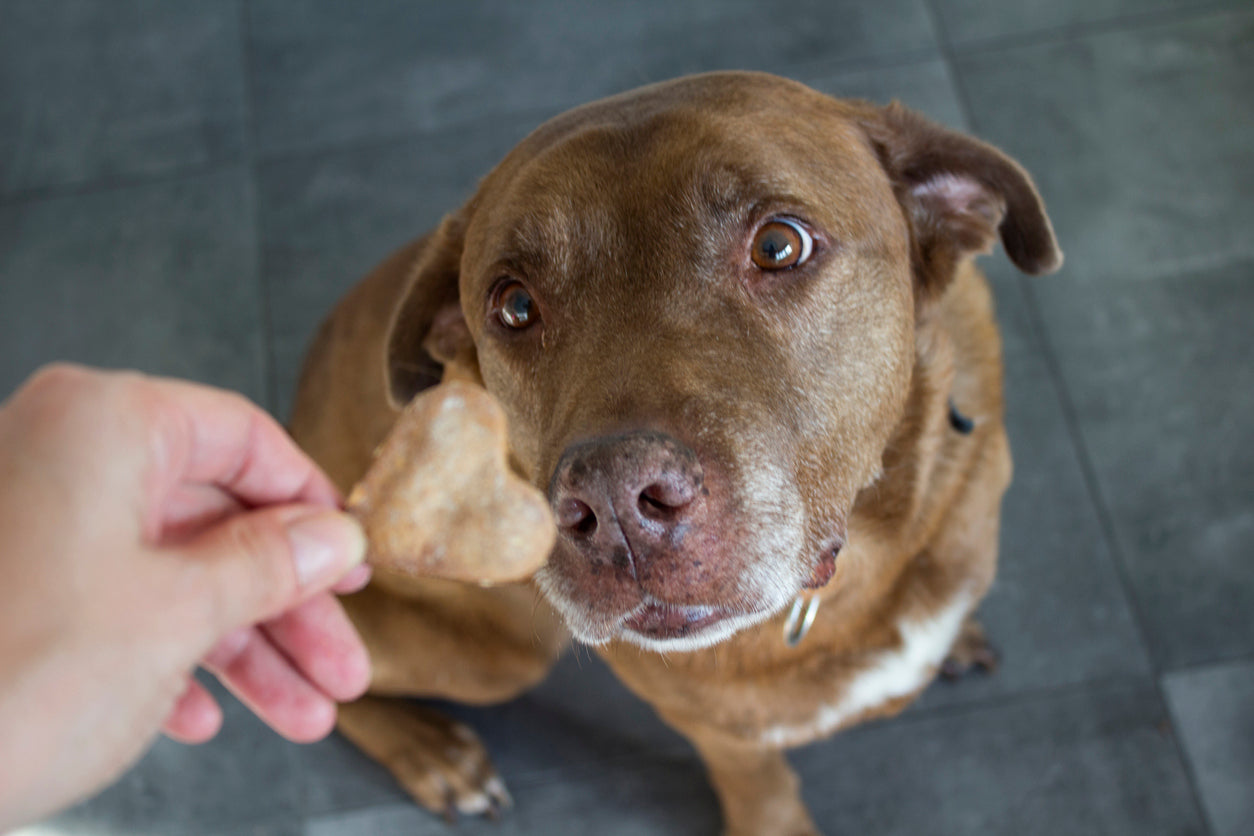Travelling with dogs: Our top tips
Travelling with dogs can be one of life’s great joys. But it can also come with its fair share of stress.
As a pet parent, going on holidays means considering whether to take your dog along for the ride, or provide care for them. The options can be overwhelming because every dog parent worries about their dog being well looked after.
The options are getting a dog sitter, asking a kind family member or friend to dog sit, boarding kennels or bringing them with you. If you’re going overseas, leaving your dog at home is likely your only option. However if you’re venturing in Australia, there’s a good chance you might find it easier to take them with you.
If you’re considering travelling with dogs, follow these top tips to make your trip a breeze.
Travelling with your dog: things to remember
Travelling with your dog can actually be a lot simpler and more enjoyable than most people might think. All it takes is a bit of preparation and planning.
The easiest way to travel with your dog in Australia is in your own car. Public transport can be tricky for dogs, as they often have to be in a container or muzzled. It’s definitely possible, but for longer journeys the car is definitely your dog’s best option, and you can definitely have an amazing road trip with your dog right here on home soil.

3 top tips for car travel with your dog
Remember, large fines can apply for breaking road safety rules, and having a dog unrestrained in your car can be breaking the law. Consider using a crate or a seatbelt, and definitely don’t allow your dog to ride with his head out the window (for their own sake as well as legal implications!)
If you’re driving, be sure to keep your dog safe with a harness that will strap them in. Driving with a curious dog can be dangerous, and while you might think they’ll be fine you can never be sure they won’t hop on your lap or distract you while you’re driving.
When you take a break, they should too. Try to take them out every couple of hours to stretch their legs and go to the toilet. Seeing some greenery and having a little run out can also help to squash those anxious feelings for dogs who don’t love car rides.
Trial them on short trips of 10-30 minutes before embarking on a big journey and see how they go. Ideally, they will have had a few longer trips before holidaying, but if they’re new to it be sure to give them lots of breaks for stretching their legs.
General tips for travelling with dogs
Pack your dog a suitcase
Okay, a bag will suffice. But be sure to pack everything they need like a leash, toys, supplements, medication, food, treats, water and bedding. Having a few familiar items with their scent on should settle any nerves and ensure they have everything they need while out and about.
Pack a pet first aid kit in their bag and any food they might need. It’s best to keep your dog’s food consistent while on holidays to avoid any digestive upsets. If you are not bringing it with you, ensure you find a pet store where you can get their food.
Make sure your dog has identification
Unfamiliar places can be very stimulating for dogs, so make sure they’re wearing a dog tag that shares the important details if they were to get lost or run away. You might also consider getting them microchipped as a more permanent form of electronic identification.
Avoid overheating
This one seems obvious, but many pet owners forget that their dogs can’t put up with Australia's summer heat as well as they can themselves. Dogs shouldn’t be out in the blazing midday sun, so keep their activities short and sweet in the sunshine.
Mornings and evenings are the perfect walking times during summer, and if there’s water close by even better. River walks, lake dips and ocean swims are all ideal during the summer.
Opt for dog friendly accommodation
Be sure to do your research and choose locations that allow our four-legged friends on the guest list. If you’re camping, be sure to check whether you’re staying in a national park or conservation area, because often these spaces won’t allow dogs.
Airbnb, hotels and campsites are all very open about whether they’re dog friendly, so be sure to check that out in advance.
Pet proof your accommodation
New places, new smells and new things to eat can all be very stimulating for your dog. To avoid them eating anything they shouldn’t, or breaking anything at the accommodation, be sure to pet proof your accommodation by moving anything risky into cupboards before letting your dog relax in the space.
Do a vet check
It’s always good to know where the nearest vet is, and have their number on hand in the case of an emergency. Do your research before you go for a standard vet and an emergency vet, just in case something goes wrong when you’re on the road.
It can also be beneficial to check your insurance and see what locations are included. You may need special insurance if you’re taking your dog on holiday.
Ensure your pet’s vaccinations are all up to date
It can also be a good idea to take your dog to the vet before you go if you have any concerns, and check their vaccinations are up to date as well as any flea, tick and heart-worm treatments they need.

FAQs about travelling with dogs
Will my dog be stressed when travelling?
This depends on your dog and what they’re used to. Ideally, your dog will have been on a variety of car trips before you embark on a big journey.
You might notice your dog is visibly showing their stress by panting, appearing agitated or yawning excessively to try and relax themselves. If this is the case, you could have someone sit with them in the backseat, play relaxing music like Classical or Reggae (which apparently has been proven to relax dogs) or give them a relaxing supplement like Nectar’s Calm & Relax to help them deal better with stressful or unfamiliar situations.
Should I trial my dog on short car journeys before travelling?
Yes. If your dog isn’t used to going in the car, you can expect them to be a bit anxious. Trial them on short trips of 10-30 minutes before embarking on a big journey and see how they go.
If they’re happy with a half an hour trip, it’s likely that they’re comfortable in the car and you will be able to extend their time in the car from there.
Can I travel overseas with my dog?
You definitely can, but it’s recommended that you reserve overseas travel for relocations or essential travel, not just holidays. The reason being, in Australia, there are a lot of quarantine regulations meaning you could be separated from your dog for up to 3 months, with the minimum time being 10 days.
Overseas travel can often be traumatic for dogs, as they have to travel in the hold away from anyone they know. Plus, it’s very expensive once quarantine, travel, permits and other costs are factored in.
If you do want to travel overseas with your dog, Qantas has a good guide to travelling with pets.
Can my snub-nosed dog travel during hot weather?
Snub-nosed dogs can struggle in the heat, with long car rides and on foot travel often being problematic due to breathing difficulties.
If you have a well air conditioned car and accommodation, your snub-nosed dog should be fine. But bear in mind that the risk of dehydration is increased during hot weather for purebred brachycephalic dogs. Bulldogs, Pugs and some Terriers are known to struggle walking in heat, so this should be considered.
Can I leave my dog in the car?
I think we all know the answer to this, but regardless, here is another reminder. No. Never leave your dog unattended in a car during summer (or other seasons for that matter).. Dogs can die from heat stress relatively quickly, so it’s always best to have someone with them or take them with you if you need to exit the car for whatever reason.
How often can I travel with my dog?
As often or as little as you like. Some people like to go away every weekend with their dogs, while others opt for a yearly excursion somewhere further afield. As long as your dog is comfortable with the travel arrangements, there’s no limit on how often you can take them on trips with you.














